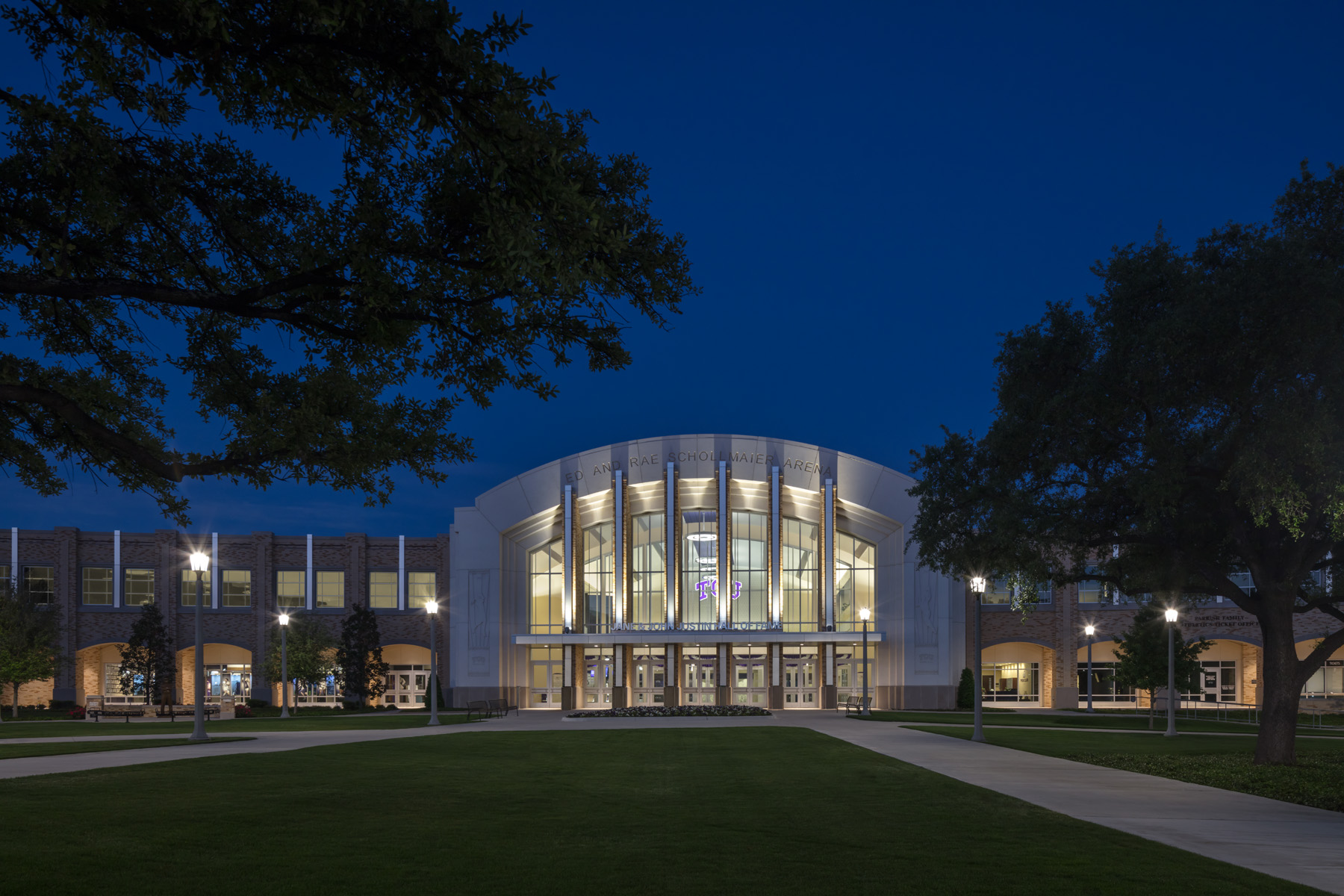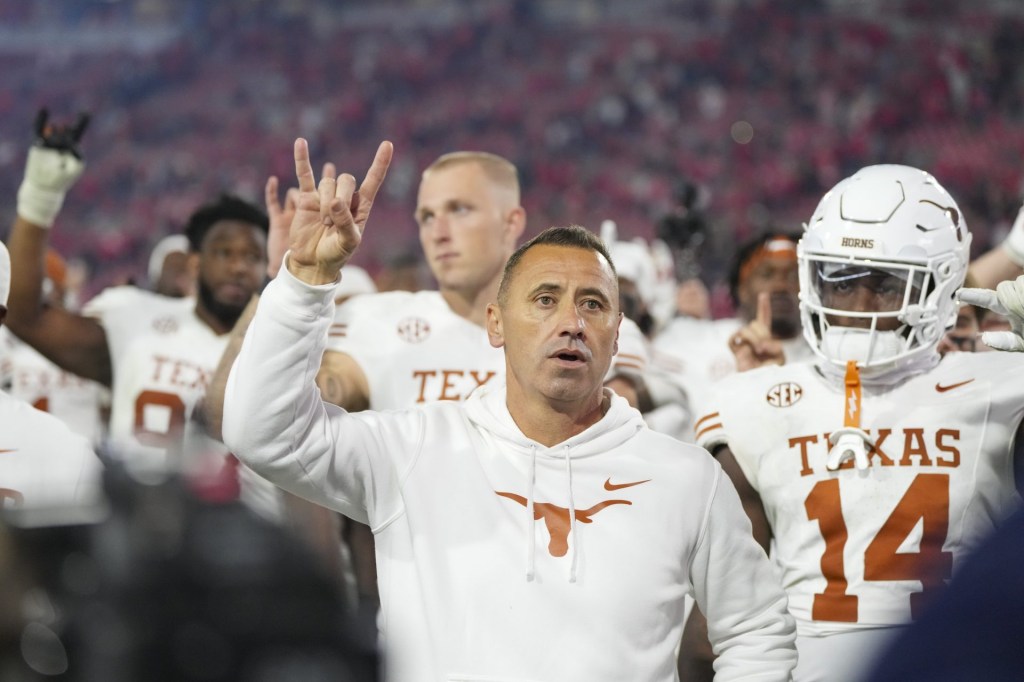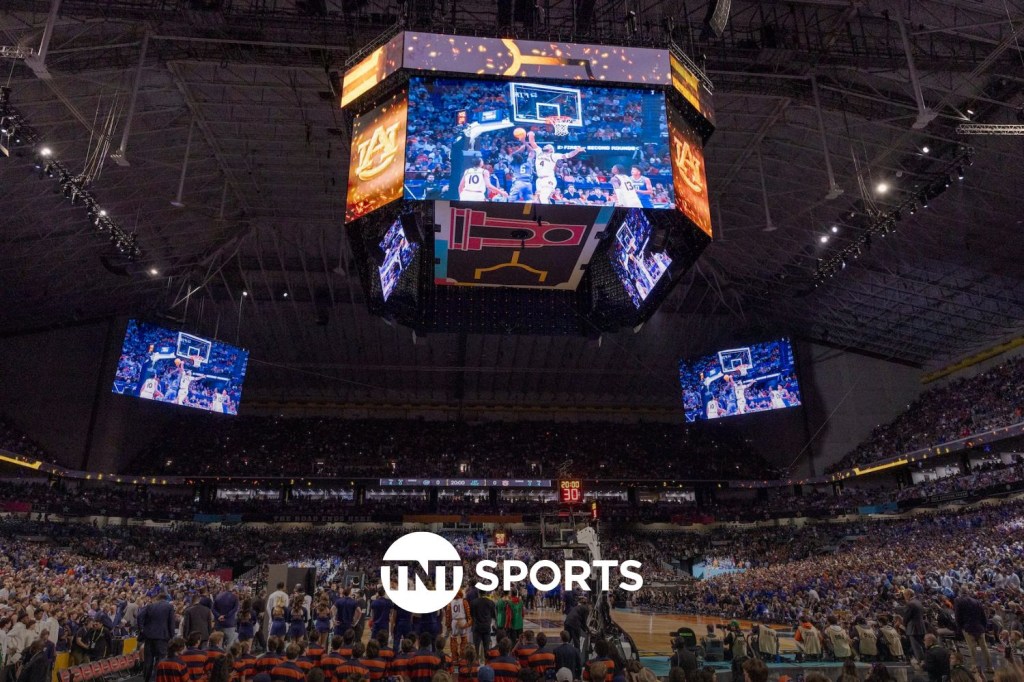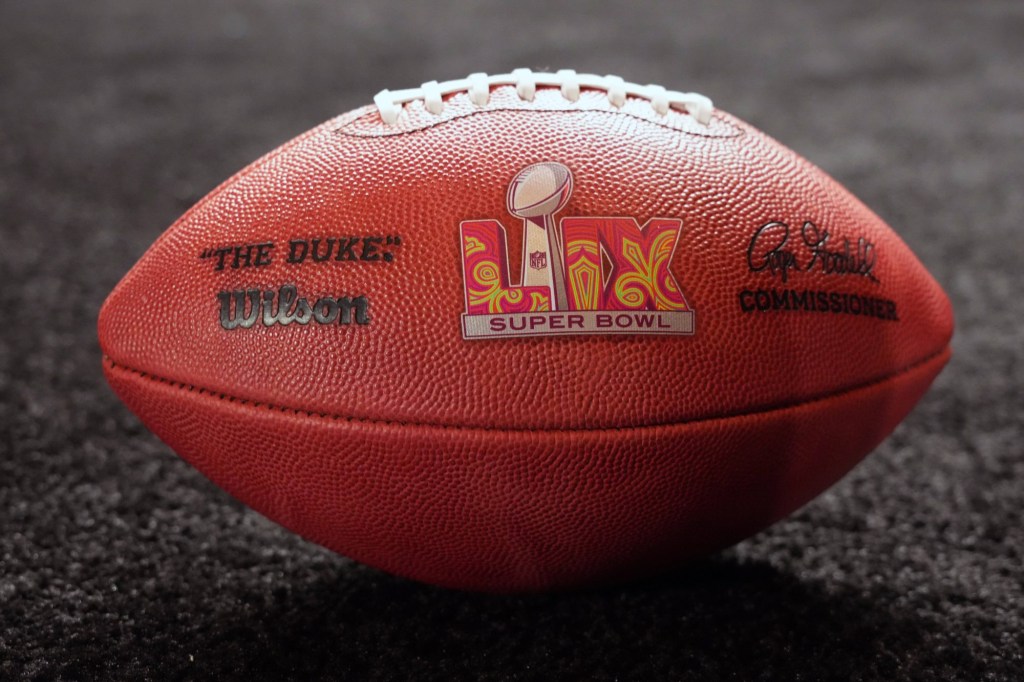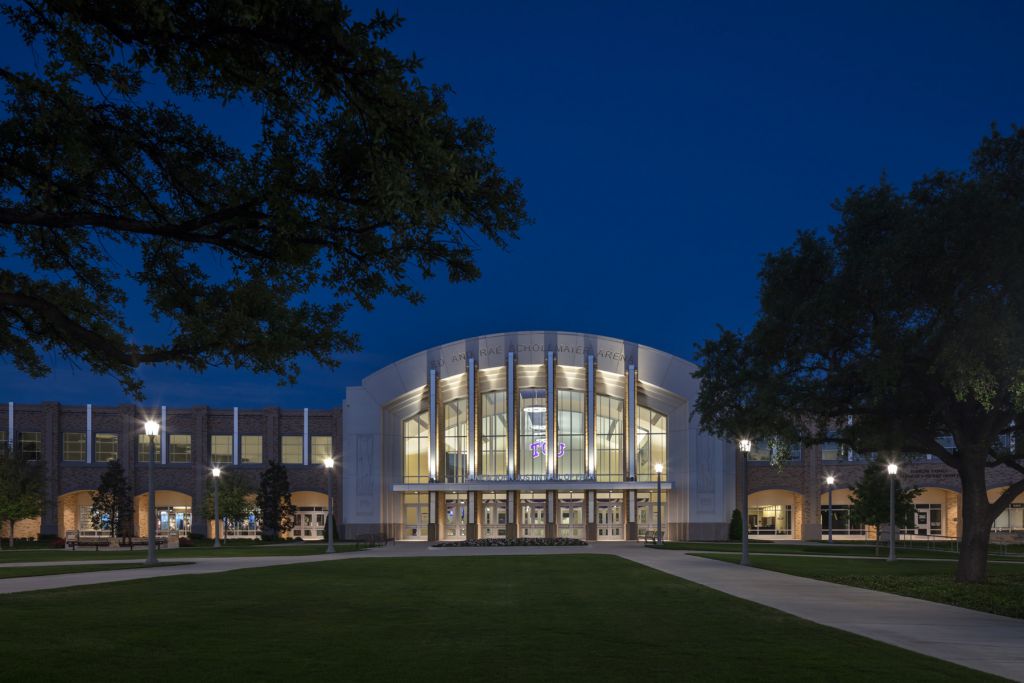
Stanford University, the University of Texas at Austin and Texas Christian University each have their own storied histories of athletic success – ranging from the more than 15,000 letter-winning students in Stanford’s 36 varsity sports, TCU’s national-champion rifle team and 20 other competitive varsity sports, or the 55 national championship-winning clubs that the Texas Longhorns have had.
Now, the three schools are looking to pay homage to those athletic accomplishments through new hall of fame facilities on their campuses.
Last month, the $17.1 million Frank Denius Family University of Texas Athletics Hall of Fame – a 24,713-square-foot facility located at Darrell K Royal-Texas Memorial Stadium – was unveiled, making it clear that colleges see value in using nostalgia to engage fans.
“We’re always looking for new and creative ways to connect with our fans and the Hall of Fame will certainly help us do that,” Texas Vice President and Athletics Director Chris Del Conte said in an email. “It will be one of the destination places for all Longhorn fans when they visit our campus. Whether it’s a game day or any day of the year, we look forward to sharing the pride, passion, and tradition of Texas Athletics in this amazing facility.”
In the Longhorns’ 136-year history, they never had a Hall of Fame. When Del Conte became Texas’ AD in December 2017, he engaged Advent Design Director Drew Bryant to help, “put the T back in Texas.”
From there, Bryant and Del Conte were coming up with ideas on what message they wanted the Hall of Fame to exemplify. After speaking with over 40 people within the UT community – from donors to faculty to student-athletes – they finally found their voice.
“To get their insight about what makes Texas unique, one continual theme they raised was this whole notion of winning with integrity,” Bryant said. “We knew that with the Hall of Fame, this was the right project, and this was the right time to start to build back up this wonderful culture.”
Upon entering the Frank Denius Family University of Texas Athletics Hall of Fame, fans are immediately exposed to an 8-foot-tall, 1,200-pound statue of a Longhorn. The venue also has a technological element to it. Next to the Longhorn steer is a station that – after patrons take selfies with the statue – can enter their cell phone numbers and have the pictures texted to them.
There is also a display of Texas’ 300-plus conference-championship crowns. Presented in front of a backlit orange wall, it doesn’t just show the hardware that the Longhorns have accumulated over time; it also provides stories behind the recent success of its 16 varsity programs – and will continue to update with every future title.
“It gives our student-athletes a place to see and learn about those that laid the groundwork for their success and opportunities,” Del Conte said. “For coaches and our sports teams, it is a tremendous source of pride, awesome recruiting tool and a place to celebrate their programs. For our fans, it will be a special place to visit and enjoy soaking in everything that makes them so proud to be Longhorns.”
READ MORE: Mountain West Begins New Football Season With “At The Peak” Campaign
Before Texas’ venture into creating a hall of fame facility, Stanford University was the latest university to dive into this opportunity. According to Bob Wilmot, manager of Stanford’s Home of Champions, the university committed to this project in 2014. The space that it currently occupies is a former basketball court which, except for staff pickup games or infrequent receptions, was largely empty. Within one-and-a-half years, the 18,000 square-foot Home of Champions was introduced to the public on Sept. 23, 2017 – the day that Stanford football trounced in-state rival UCLA, 58-34.
To showcase its 36 varsity sports, Advent installed an interactive table into the Home of Champions, which is located inside the Arrillaga Family Sports Center. With this display, spectators can view any one of the more than 15,000 student-athlete letter-winners who date back to 1891 – the first year of Cardinal athletics.
Another highlight of the facility is the Home of Champion’s LED Board. Located above the entrance, the board shows announcements such as team rankings, student-athlete awards, program milestones, and upcoming events – among others. According to Wilmot, between 500 and 1,000 people visit during college football game day, with nearly 40,000 visitors since its inception. For every one of those guests, they have a chance to learn – and see – everything that Stanford sports have to offer.
“When I lead a small group through our main entrance and hear audible gasps as their first reactions, it’s obvious to see they are quickly in awe of their surroundings,” Wilmot said in an email. “It’s been a great way to tell our story. The Home of Champions is a living, constantly-evolving space designed to celebrate more than a century of excellence and innovation in Stanford Athletics in a visually compelling way.”
READ MORE: UAB Emphasizing Fan Experience To Keep Football Alive
One of the first universities to look to boost fan engagement via creating a hall of fame was TCU. According to Ross Bailey, TCU’s senior associate athletics director for facilities and operations, work on the Horned Frogs’ Jane and John Justin Hall of Fame began in 2015. Before this, the facility that housed TCU’s athletic accomplishments was sparsely available – due to recruiting restrictions, it wasn’t open on game days.
While brainstorming where to build this new venue, Bailey recalls traveling on the road to a school which has its Hall of Fame attached to the stadium. When opposing teams entered the arena, he says that they had to first walk through the Hall of Fame and its decades of athletic achievements.
According to Bailey, that intimidation factor is what influenced TCU to construct its Hall of Fame inside the main entryway of the Ed and Rae Schollmaier Arena. He estimates that in just under two years, the Jane and John Justin Hall of Fame was completed – at a cost of roughly $2 million.
One distinct feature highlighted in the Jane and John Justin Hall of Fame are the mannequins donning the Horned Frogs’ purple-and-white uniforms. Before each home game, the equipment staff dresses the mannequins in the same clothing as the TCU players. Bailey says that fans particularly love this showing – and is just one instance of TCU’s originality.
“I think [colleges are] all looking to how we can engage fans better and expand their time on campus and at the event,” Bailey said. “You have to go back and be true to who you are and if you have a nice heritage and history that needs to be displayed, you need to do that.”
